The Phoenix desert looks deceptively manageable from your air-conditioned hotel room, with its picture-perfect saguaro cacti and Instagram-worthy mountain silhouettes beckoning adventurous souls to explore. Yet this stunning Sonoran landscape has claimed hundreds of lives and triggers over 200 rescues annually in Phoenix alone, often because visitors treat it like any other hiking destination instead of the serious wilderness it truly represents.
The desert doesn’t care about your hiking experience from other climates. It operates by entirely different rules where a single wrong decision can transform a pleasant morning walk into a life-threatening emergency within minutes. What makes these mistakes so insidious is how innocent they appear to newcomers who assume that basic hiking knowledge from temperate climates will translate to desert survival.
Here is a list of 16 dangerous mistakes that can turn your Phoenix desert adventure into a nightmare.
Starting Your Hike After 9 AM
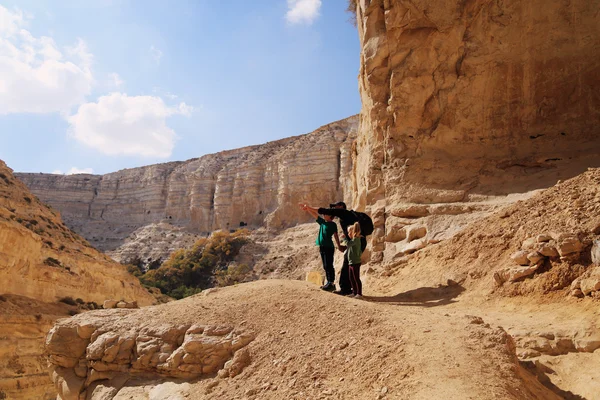
The desert transforms from pleasant to potentially deadly faster than you can say ‘heat exhaustion,’ and temperatures often hit 90 degrees by 9 AM during warmer months. Most heat-related rescues happen between 10 AM and 4 PM when the sun turns hiking trails into outdoor ovens.
Think of the desert like a giant cast-iron skillet that heats up gradually, then becomes scorching hot — you want to finish cooking before the pan gets dangerous.
Bringing Inadequate Water

Desert veterans carry at least one gallon of water per person for day hikes, but newcomers often bring a single water bottle, thinking that’s sufficient. Your body loses water through respiration and perspiration faster than you can imagine in the bone-dry desert air, even when you don’t feel particularly thirsty.
The tragic reality is that dehydration can progress from mild discomfort to a life-threatening emergency in under an hour when temperatures soar above 100 degrees.
Like Travel Pug’s content? Follow us on MSN.
Hiking Alone Without Telling Anyone
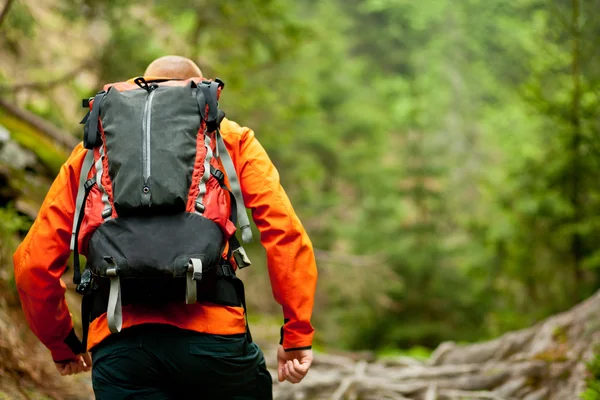
Solo desert hiking ranks among the most dangerous outdoor activities because help is often hours away, even on popular trails. When experienced hiker Colt Johnson collapsed from heat exhaustion in the Superstition Mountains, only random gunshots fired by chance alerted another hiker to his location.
Cell service is spotty or nonexistent in many desert areas, making your planned route and return time the only clues rescuers have to find you.
Wearing Dark or Inappropriate Clothing
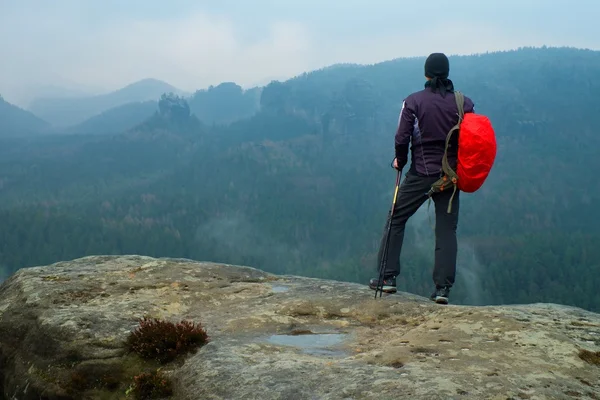
Newcomers often make the mistake of wearing minimal clothing, thinking less is better in hot weather, but desert experts wear light-colored, long-sleeved shirts and pants to protect against sun exposure. Dark clothing absorbs heat like a solar panel, raising your body temperature when you need to stay cool.
Cotton clothing becomes a liability when soaked with sweat, losing its insulating properties and contributing to rapid temperature fluctuations.
Ignoring Weather Forecasts and Flash Flood Warnings
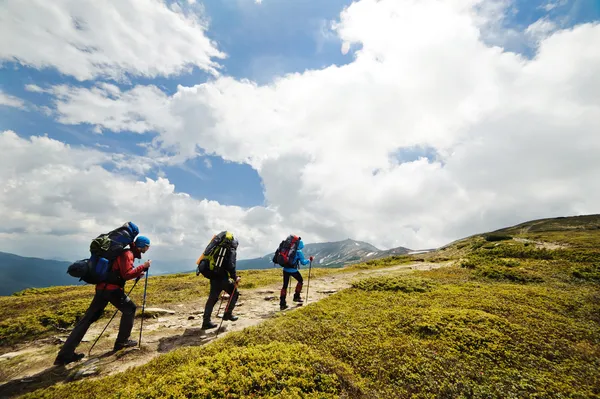
Desert thunderstorms can develop quickly and create flash floods that kill people with just seconds of warning, turning dry washes into raging torrents of debris-filled water. Storms miles away can send walls of water down canyon systems where you might be hiking under clear skies.
Many desert deaths occur not from heat but from hikers caught in normally dry areas that become death traps during monsoon season.
Like Travel Pug’s content? Follow us on MSN.
Pushing Beyond Your Physical Limits
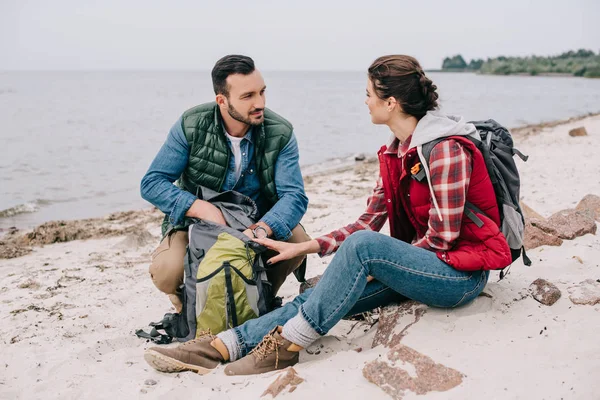
The combination of heat, altitude, and challenging terrain creates a perfect storm for overexertion, especially when hikers try to maintain their normal pace from cooler climates. Heat exhaustion can cause confusion and poor decision-making, leading people to continue hiking when they should stop and seek shade.
Desert rescue teams frequently encounter hikers who ignored their body’s warning signs because they wanted to reach a particular destination or finish a planned route.
Using Headphones or Loud Music
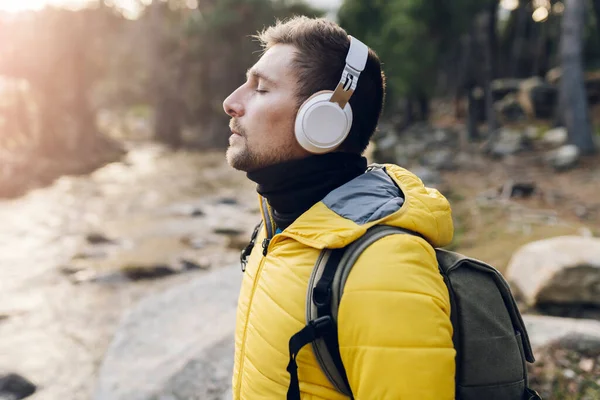
Rattlesnakes provide an audible warning system through their distinctive rattle, but hikers wearing headphones miss this crucial safety feature that could prevent a dangerous encounter. Desert wildlife generally wants to avoid humans, but they need to hear you coming to get out of their way safely.
The sounds of the desert also provide important information about weather changes, other hikers in distress, or approaching wildlife.
Stepping Off Established Trails
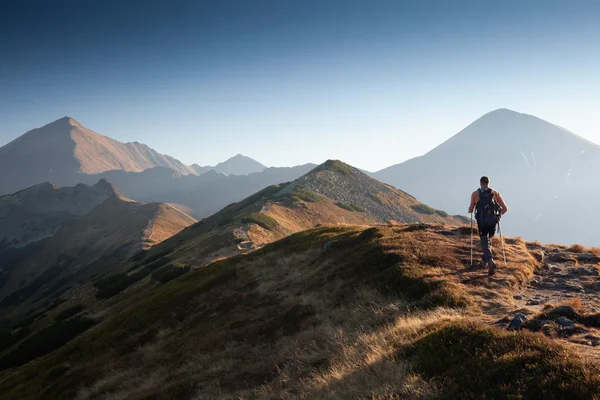
Shortcutting switchbacks or wandering off marked trails dramatically increases your risk of getting lost, encountering unstable terrain, or stepping on hidden dangers like rattlesnakes or unstable rocks. Desert trails exist not just for navigation but to protect both hikers and fragile desert ecosystems that take decades to recover from damage.
Getting lost in the desert can quickly escalate from inconvenience to emergency when dehydration and heat exposure enter the equation.
Like Travel Pug’s content? Follow us on MSN.
Failing to Recognize Heat Exhaustion Symptoms
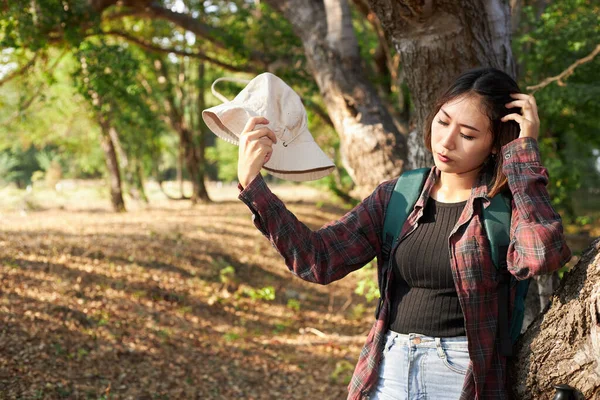
Early signs of heat exhaustion include chills, clammy skin, stumbling, muscle weakness, and nausea – symptoms that many hikers dismiss as normal fatigue. Heat exhaustion causes confusion and disorientation, meaning victims often don’t realize how serious their condition has become.
The progression from heat exhaustion to potentially fatal heat stroke can happen rapidly, especially when people continue hiking instead of seeking immediate shade and hydration.
Bringing the Wrong Footwear
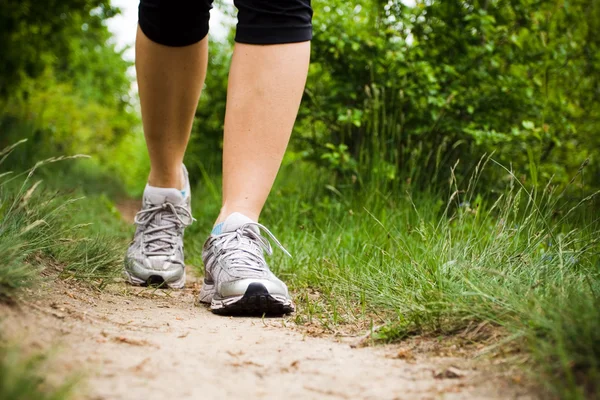
Hiking boots designed for cooler climates can become torture devices in desert heat, while lightweight athletic shoes offer insufficient protection against sharp rocks, thorns, and cacti. Desert terrain demands footwear that balances protection, support, and breathability while providing enough traction on loose rock and sand.
Many hiking injuries in the desert result from ankle twists or falls caused by inappropriate footwear on challenging terrain.
Underestimating Distance and Difficulty
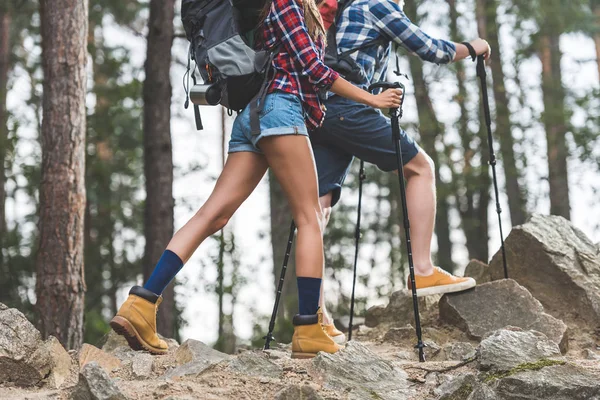
Desert hiking feels harder than equivalent distances in other environments due to heat, sun exposure, loose terrain, and elevation changes that aren’t obvious from trail descriptions. What looks like a moderate 3-mile hike on a map can become an exhausting ordeal when combined with 110-degree temperatures and relentless sun exposure.
Many hikers overestimate their abilities based on experience in cooler, more forgiving environments.
Like Travel Pug’s content? Follow us on MSN.
Hiking During Peak Summer Months
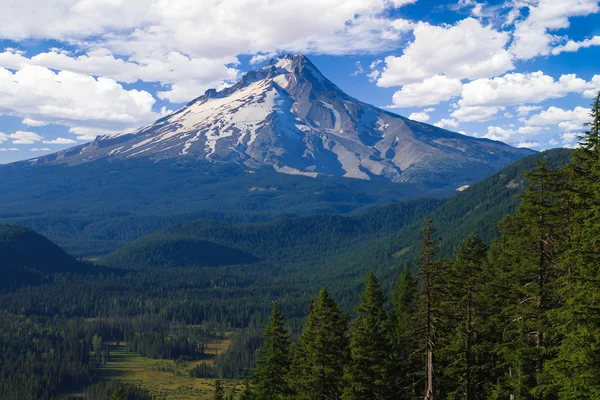
Attempting serious desert hikes between May and September tests the limits of human endurance, with surface temperatures often exceeding 140 degrees on exposed rock and sand. Even early morning starts can become dangerous when overnight temperatures never drop below 90 degrees, providing no opportunity for your body to cool down.
Local hiking groups often suspend activities entirely during peak summer because the risk-to-reward ratio becomes unacceptable.
Forgetting Emergency Supplies and Communication
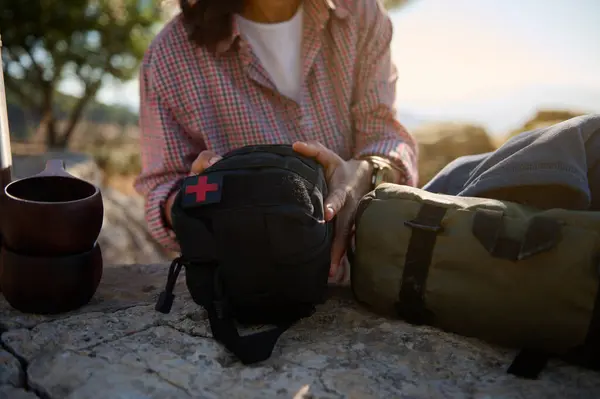
Desert emergencies require specific gear, including emergency blankets, first aid supplies, extra water, high-energy food, and signaling devices that work when cell phones fail. Many hikers carry gear appropriate for temperate climates but forget desert-specific items like electrolyte supplements and sun protection.
Satellite communication devices have become essential for serious desert hikers because traditional emergency communication methods often fail in remote areas.
Disturbing Wildlife or Approaching Snakes
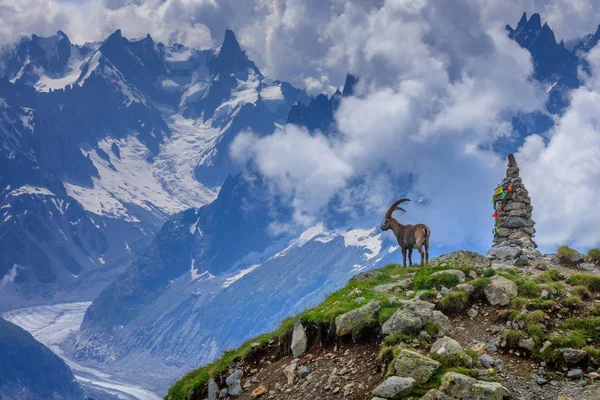
More than half of all rattlesnake bites result from people attempting to kill, move, or photograph snakes instead of simply backing away and letting them escape. Desert wildlife, including javelinas, coyotes, and various snake species, generally avoid humans but will defend themselves when threatened or cornered.
Taking photos of dangerous wildlife often leads to poor decisions as people prioritize getting closer shots over maintaining safe distances.
Like Travel Pug’s content? Follow us on MSN.
Ignoring Valley Fever Risk

Disturbing desert soil through hiking, especially during windy conditions, can expose you to Coccidioidomycosis (Valley Fever) spores that cause serious respiratory infections. This fungal infection can lead to months of debilitating fatigue, respiratory problems, and other health complications that many desert newcomers never consider.
Valley Fever is particularly common in Arizona and affects both humans and pets who inhale dust containing the fungal spores.
Not Having an Emergency Action Plan

Most desert hikers focus on preventing emergencies but fail to plan specific actions for when things go wrong, leaving them unprepared when quick decisions become critical. Knowing the location of the nearest medical facilities, having emergency contact numbers, and understanding basic first aid for heat-related illnesses can mean the difference between life and death.
Rescue teams report that many emergencies become fatal because hikers and their companions don’t know how to respond effectively to heat exhaustion, snake bites, or other desert-specific medical emergencies.
Where Ancient Wisdom Meets Modern Negligence
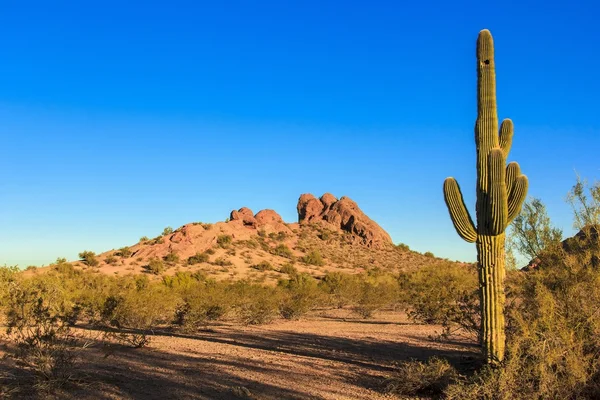
The Sonoran Desert has challenged travelers for thousands of years, yet indigenous peoples learned to thrive in this environment through respect, preparation, and deep understanding of its rhythms and dangers. Modern hikers often approach this ancient landscape with casual confidence, armed with GPS devices and high-tech gear but lacking the fundamental desert wisdom that kept earlier inhabitants alive.
While technology has made desert exploration more accessible, it hasn’t eliminated the basic requirements of careful planning, appropriate timing, and honest assessment of personal limitations that the desert demands. The most dangerous mistake may be the overarching belief that modern equipment can substitute for the kind of desert awareness that only comes from recognizing this beautiful but unforgiving landscape as the serious wilderness it has always been.
Like Travel Pug’s content? Follow us on MSN.
More from Travel Pug

- 20 Best Beach Towns in the Carolinas
- 13 Destinations Where Tourists Regularly Regret Their Trip
- 20 Things You Actually Get in First Class
- 20 Small Airports With Aviation Museums
- 20 Places in the U.S. That Are Perfect for a Reset Trip
Like Travel Pug’s content? Follow us on MSN.
